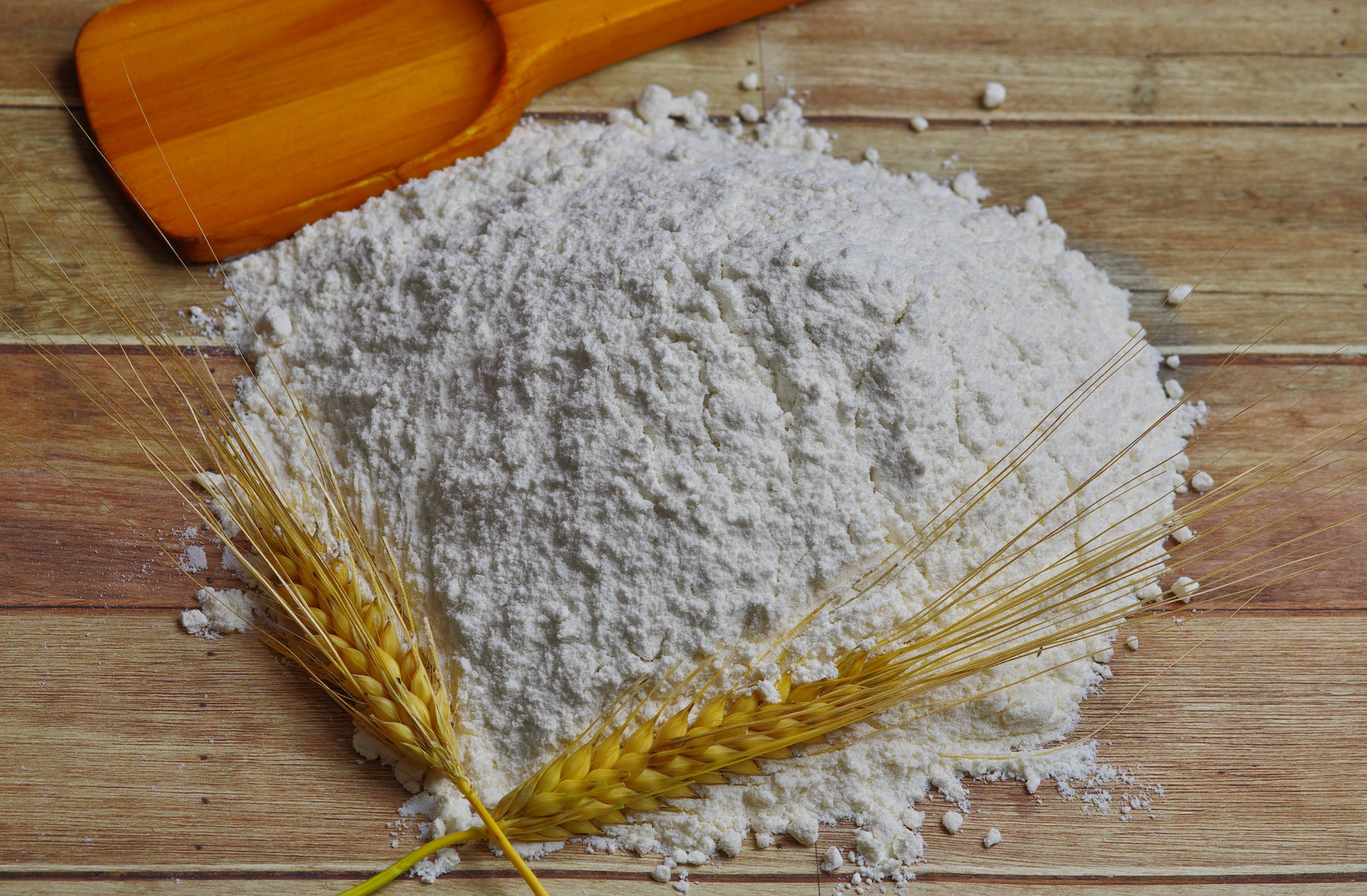Flour: The Versatile Ingredient Enriching Culinary Culture
Introduction
Flour, an essential ingredient derived from grinding grains, has played a significant role in shaping culinary traditions worldwide. From staple foods like bread and pasta to decadent desserts and delicate pastries, flour’s versatility makes it indispensable in countless recipes. This article delves into the history, types, nutritional aspects, and cultural significance of flour, highlighting its diverse uses in various cuisines and its impact on the gastronomic landscape.
Historical Background of Flour
The use of flour can be traced back thousands of years to ancient civilizations like the Egyptians and Greeks. Initially, grinding grains by hand or using crude stone mills produced coarse . With the advent of water and wind-powered mills, the process of milling evolved, leading to finer and more consistent production. This technological advancement revolutionized food preparation and distribution, becoming a fundamental component of societies around the world.
Types of Flour
Today, various types of flour are available, each with distinct properties and characteristics. The most common types include all-purpose whole wheat cake , pastry flour, bread and gluten-free alternatives like almond, coconut, and chickpea. Understanding the differences between these flours is crucial for achieving optimal results in different culinary endeavors.
Nutritional Aspects of Flour
Flour serves as a significant source of carbohydrates, essential vitamins, and minerals like iron and B-vitamins. However, refining processes can strip some flours of their natural nutrients. Whole grain flours, on the other hand, retain the bran and germ, making them richer in fiber and nutrients. We explore the nutritional pros and cons of various , shedding light on the importance of making informed choices for a balanced diet.
Flour in Culinary Cultures
The impact of culinary culture is profound. For instance, in Italy, the foundation of pasta, and the art of pasta-making has been honed and cherished for centuries. Meanwhile, in France, flaky pastries and buttery croissants are emblematic of their culinary expertise. In South Asia, traditional flatbreads like naan, showcasing the regional diversity in usage.
Flour in Baking
Baking, an art form in itself, relies heavily. Whether creating soft, velvety cakes or crusty, artisanal bread, the type of flour used can significantly impact the final product’s texture and taste. We explore the science behind baking with flour, including gluten development and its role in achieving the desired results.
Flour-Based Dishes Around the World
This section celebrates the diverse range of flour-based dishes found in various cultures. From Italian pizza to Indian pakoras, from Chinese dumplings to Mexican tortillas, forms the backbone of these cherished delicacies. Readers will discover new flavors and perhaps find inspiration to experiment with their own culinary creations.
The Gluten-Free Revolution
The rise in gluten intolerance and celiac disease has led to the popularity of gluten-free alternatives. We examine the properties of gluten-free flours, their unique challenges in baking, and how individuals with dietary restrictions can still enjoy delicious and satisfying flour-based dishes.
Flour’s Role in Food Security
Flour’s significance extends beyond the kitchen; it plays a crucial role in food security on a global scale. With the world’s population steadily increasing, ensuring a stable supply becomes imperative. This section discusses the challenges faced by the industry and potential solutions to sustainably meet the growing demand.
Conclusion
In conclusion, flour stands as an essential pillar of culinary culture, shaping the way we eat, cook, and experience food. From its ancient origins to its modern-day presence in kitchens around the world, continues to enrich our lives in countless ways. Understanding the different types, its nutritional aspects, and its cultural significance empowers us to make informed choices in our culinary adventures, celebrating the diversity and richness that brings to our tables.











Leave a Reply